With industrialization of agriculture and increased trading, packaged food evolved rapidly. And so did the use of food colors. Food coloring is used to restore or maintain the sensory profile of packaged food, that may otherwise be impacted or even lost during processing or storage. How food is visually presenting itself, plays a significant role for consumers’ perception of its quality, taste, and desirability. With increasingly international markets, removing barriers to trade is a theme, whilst maintaining food safety for consumers across global markets is paramount. Food color additives are highly regulated, monitored, and carefully studied globally – and likely more so than ever before. Yet what that means is regulations may be different across continents, regions, and countries. Selective key organizations that oversee these food regulations are:
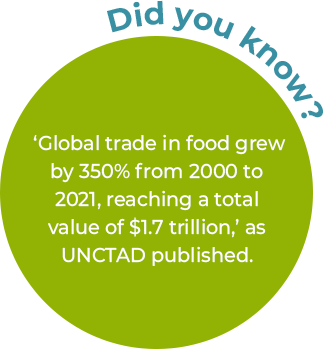

Food JECFA is an international scientific expert committee administered jointly by the Food and Agriculture Organization of the United Nations (FAO) and the World Health Organization (WHO). JECFA members are independent scientists forming expert advice relating to food additives, contaminants and residues of veterinary drugs. JECFA work feeds into the Codex Alimentarius Commission.


The Codex Alimentarius Commission develops food standards, guidelines and conditions under which permitted food additives may be used in all foods. It guides and promote the harmonization of food laws among countries and to adapt international agreed-upon standards that get updated regularly. Color additives are here listed as INS numbers. The Commission has adopted provisions for food additives laid out in the Codex General Standard for Food Additives (GSFA).
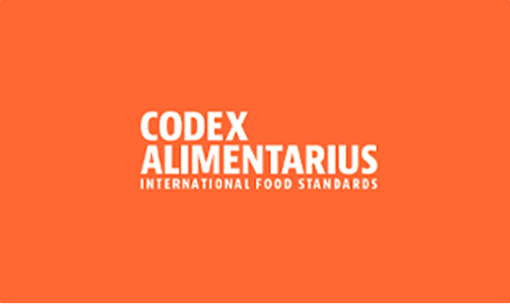

The European Food Safety Authority (EFSA) functions as a centralized authority within the European Union providing scientific assessments and recommendations regarding food safety that inform legislation and policies in the European Union. It collaborates closely with national food safety authorities within member states, ensuring a coordinated approach to risk assessment and management across the union. Specific risk assessments and updates on food ingredients can be reviewed here.
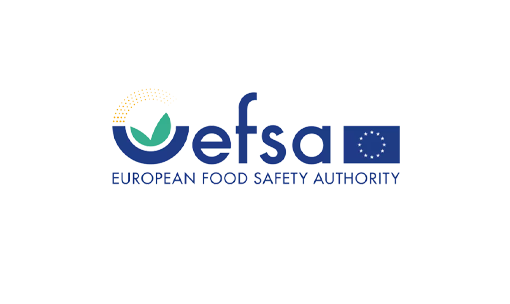

The Food and Drug Administration (FDA) holds a comparable role in the United States. It operates as a federal agency under the Department of Health and Human Services with a mandate on food safety. The FDA sets federal regulations with state agencies equally having regulatory responsibilities. So-called FD&C colors are certified color additives, whilst colors exempt from certification include colors from plant, animal, or mineral sources. They must meet the requirements for composition and purity as listed in the Code of Federal Regulations.
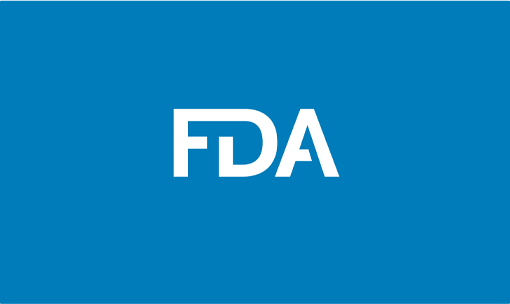

The Natural Food Colours Association (NATCOL) is an international forum of companies located all around the world exchanging on regulatory topics affecting the production of Natural Colors and Coloring Foods and thereby aiming to improve their business activities. NATCOL promotes the use of Natural Colors and Coloring Foods worldwide by providing scientific evidence to preserve customers and consumers’ choice.
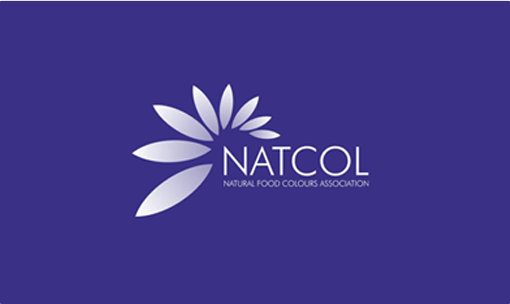

The International Association of Color Manufacturers (IACM) advocates the global harmonization of standards and regulations to protect and expand the worldwide use of colors. The IACM serves as a resource to interact with regulatory bodies and global organizations for knowledge and access to leading scientific researchers and color in¬¬dustry experts. The mission of the IACM is to advance the interests of manufacturers, producers, and users in the color industry by demonstrating the safety of colors and promoting the industry’s economic growth.


Many countries in South America and Africa follow the JECFA model. Selective countries in MENA in general follow European legislation, such as Israel or Lebanon. Other countries like Bahrain, Saudi Arabia or United Arab Emirates follow the Gulf Cooperation Council. Since Brexit, the UK follows its Food Standards Agency (FSA) whose views may or may not differ from those within the EU. The use of color additives in Canada is under the direction of Health Canada. Mexico follows Norma Official Mexicana (NOM), a series of official, compulsory standard and regulations for diverse activities. Chinese color regulations are under a National Food Safety Standard for uses of food additives. The Food Standards Australia and New Zealand (FSANZ) is a binational government agency established on the Codex model.
Certifications or registration may be required in some markets, labelling requirements will vary from region to region. Types of color additives or food ingredients allowed will differ across markets, ingredients in the total color formulation can be subject to different regulatory requirements by country or region. Purity specifications can differ by country. Requirements on kosher or halal vary by region and occasion.
Managing regulatory compliance needs to be consistently monitored to guarantee conformity of products. In order to keep up with the ever-changing landscape of regulations and manage product compliance, food and beverage manufacturers will need a reliable partner to support:



Standardized processes and efficient testing protocols are key to ensure product quality and safety across the board. Synthesizing and implementing global regulations is part of our service model. It comes to no surprise that customers regularly await our Quarterly Global Regulatory newsletter and contact us frequently on any regulatory matters.
JECFA | Food safety and quality | Food and Agriculture Organization of the United Nations (fao.org)
About Codex | CODEXALIMENTARIUS FAO-WHO
EFSA | Science, safe food, sustainability (europa.eu)
Regulatory Status of colour Additives (fda.gov)
NATCOL | Natural Food colours Association
Home – International Association of colour Manufacturers (iacmcolour.org)